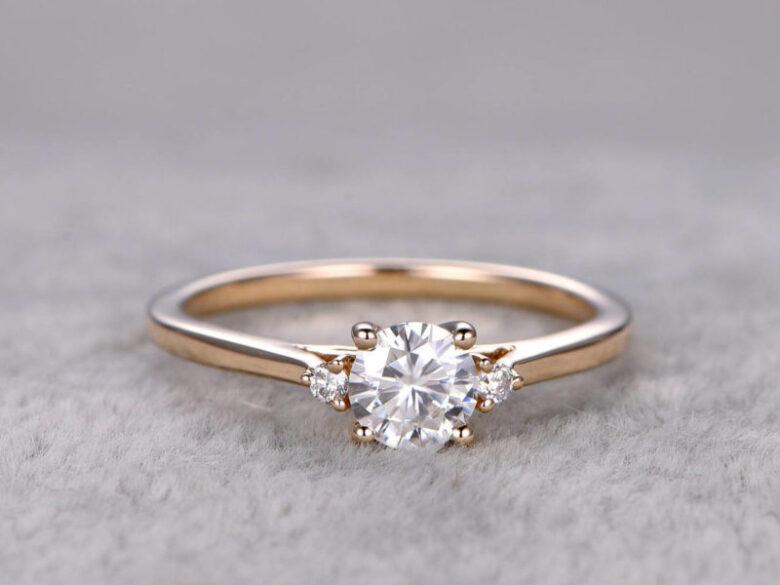For thousands of years, marital vows have been sealed with an exchange of rings. While it’s difficult to be precise, the best indicators suggest that rings formed an important part of the arrangement in ancient Egypt, more than six thousand years ago. Back then, as now, the ring was considered a symbol of eternity and love. The ring finger of the left hand was chosen, as it was believed to contain a vein that ran directly to the heart (the Vena Amoris).
These traditions were adopted to some extent or another by the Greeks, and then the Romans, before eventually forming the basis for our modern wedding rings. Today, they’ve spread across the entire world. But exactly how do different cultures incorporate the ring into their marital traditions? As we’ll see, there are quite a few takes!
Table of Contents
India
The culture surrounding Indian weddings is quite far removed from that of the West. With that said, brides still wear rings. Certain branches of Hinduism advocate the wearing of toe rings, called ‘Bichiya’. The toes were thought to be connected to the female reproductive system, in much the same way that the finger was thought to be connected to the heart.

Sweden
Brides in Scandinavia, unlike those in other countries, wear simple metal bands throughout their engagement, only to receive a diamond ring on the day of the wedding itself.
Germany
German couples wear their rings on a different hand as the engagement becomes a marriage. Before the wedding, it’s on the left hand; after the wedding, it moves over to the right.
Ireland
In Ireland, a single ring (called the Claddagh) is worn to indicate several degrees of affection. You might adjust the ring depending on how committed you are to the relationship. Single people wear it one way, those in relationships, engagements, or marriages can adjust the position to advertise their current status – in this sense it’s a bit like a prototypical form of Facebook.

Kenya
Throughout sub-Saharan Africa, you’ll find beading plays an enormous role in decorative clothing, and nowhere does this come into play more than during a wedding ceremony. As such, it isn’t just rings which play a role here, but a whole range of necklaces, pendants and bracelets.
France
French brides are far less likely to receive diamond engagement rings, with a whole slew of other gemstones taking their place. France has a strong tradition of hand-me-downs, going back to even before the diamond ring became a mainstay of wedding culture.
